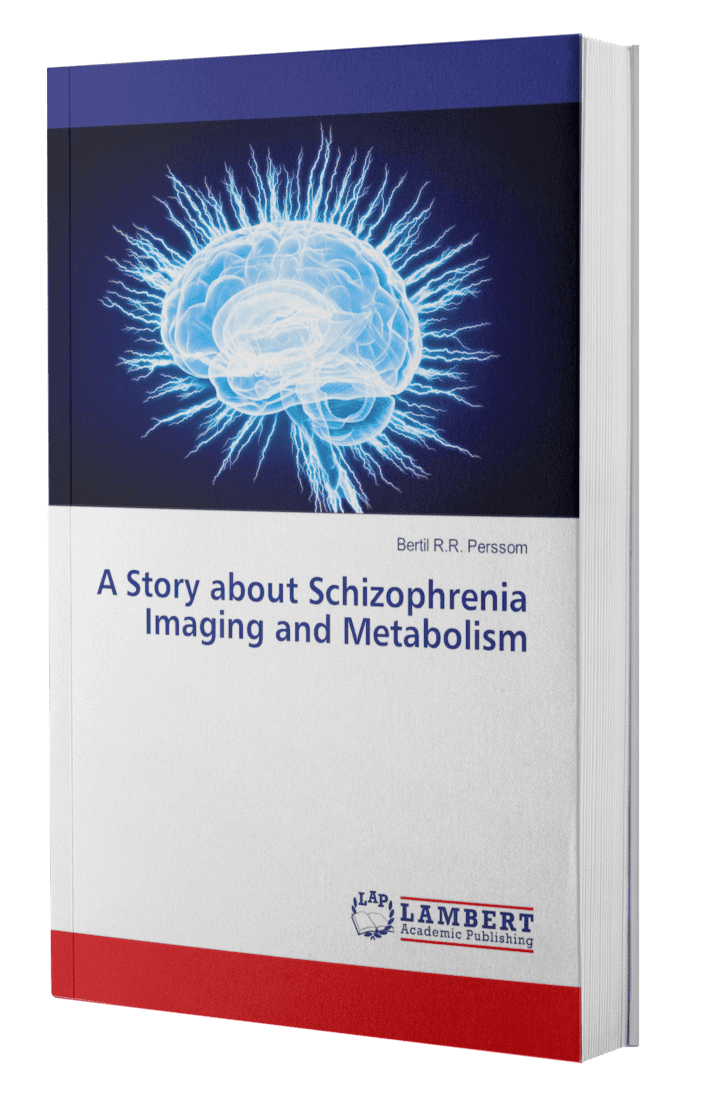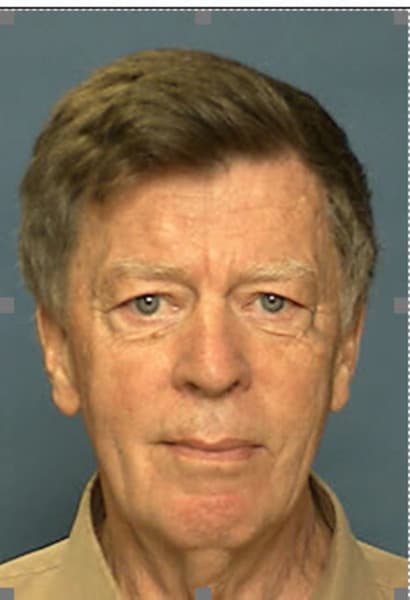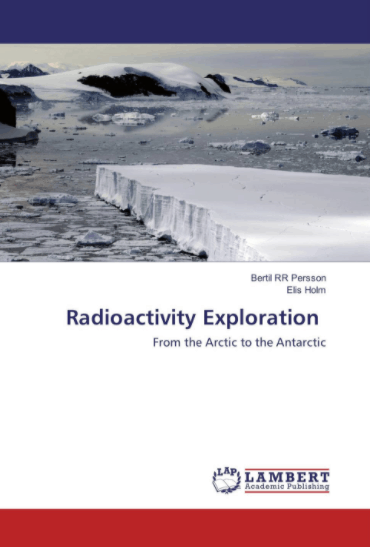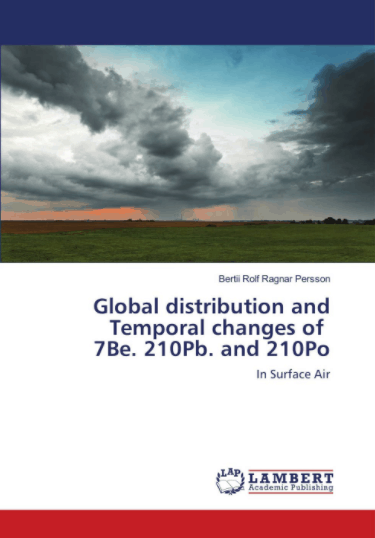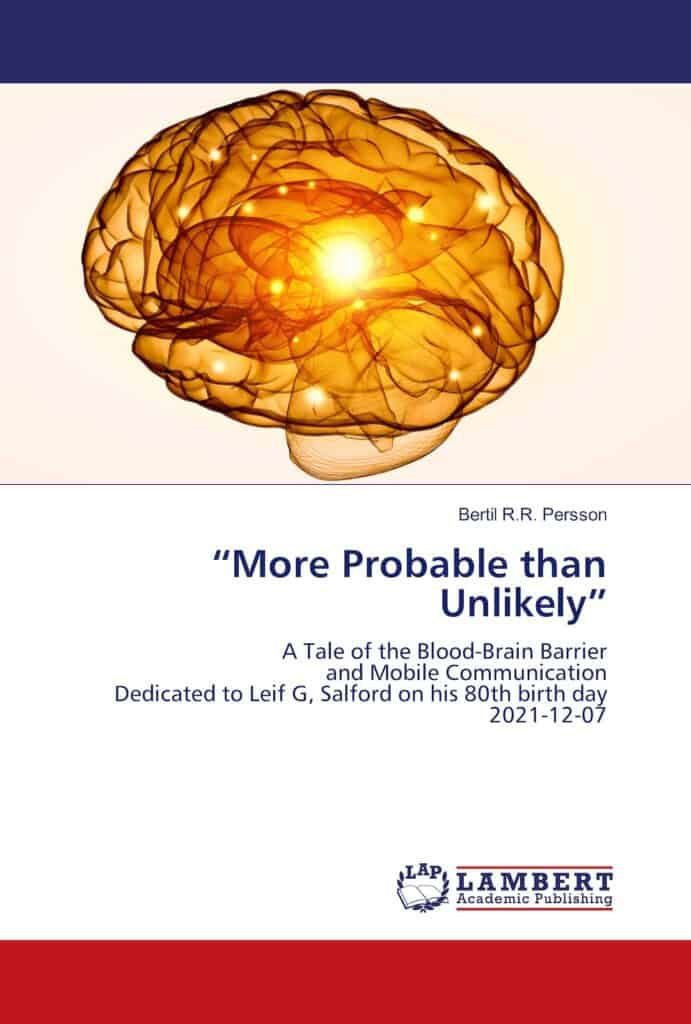About the Author
Bertil RR Persson
Rolf Bertil Ragnar PERSSON, PhD, MD.h.c
born : October 12, 1938 in Malmoe, Sweden.
since 1980-2005 professor of medical radiation physics
2005 – present: Professor emeritus at Lund University, Sweden
Published : >400 scientific publications, 20 extensive reports and books
Tutor of 40 doctoral dissertations on the faculties of medicine and science:

